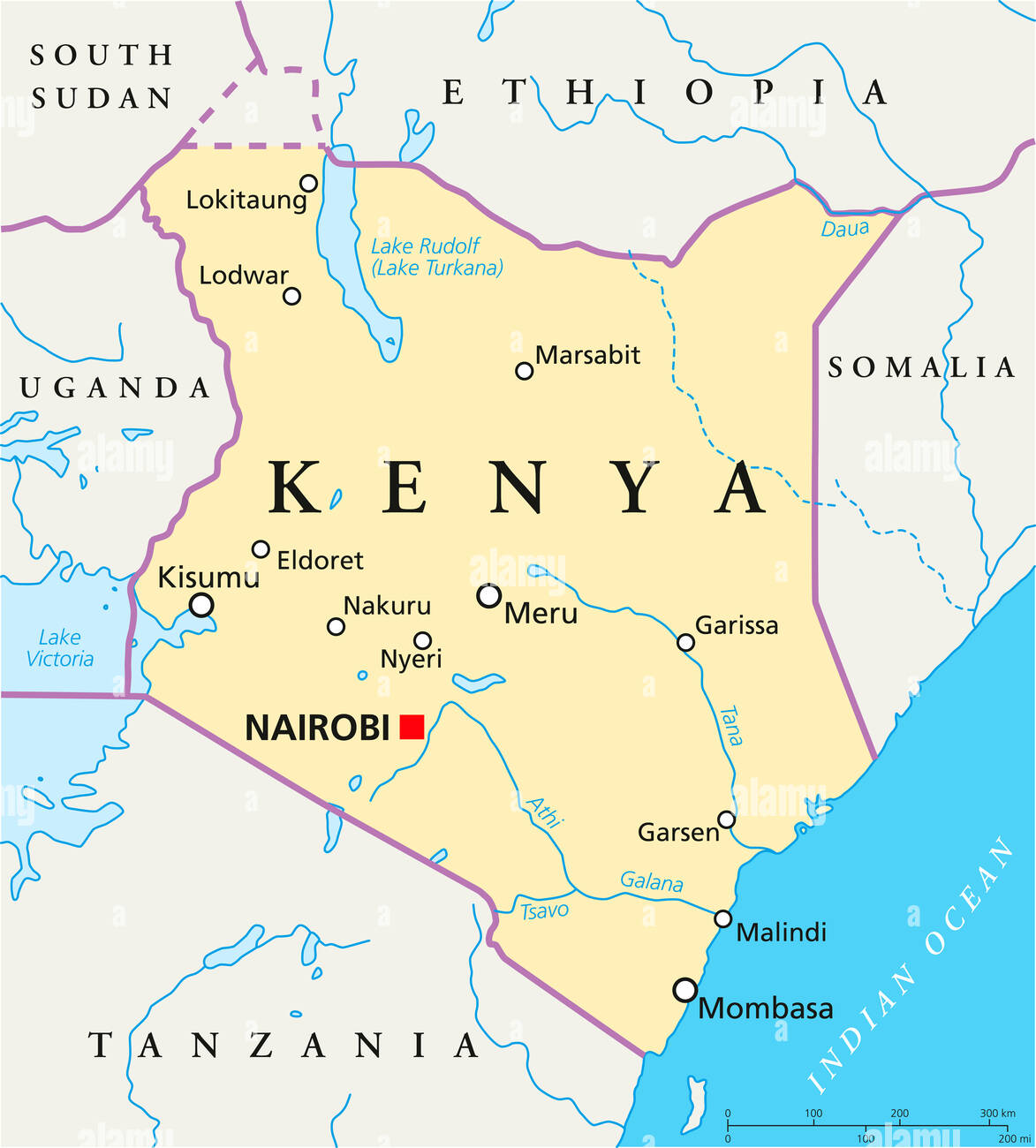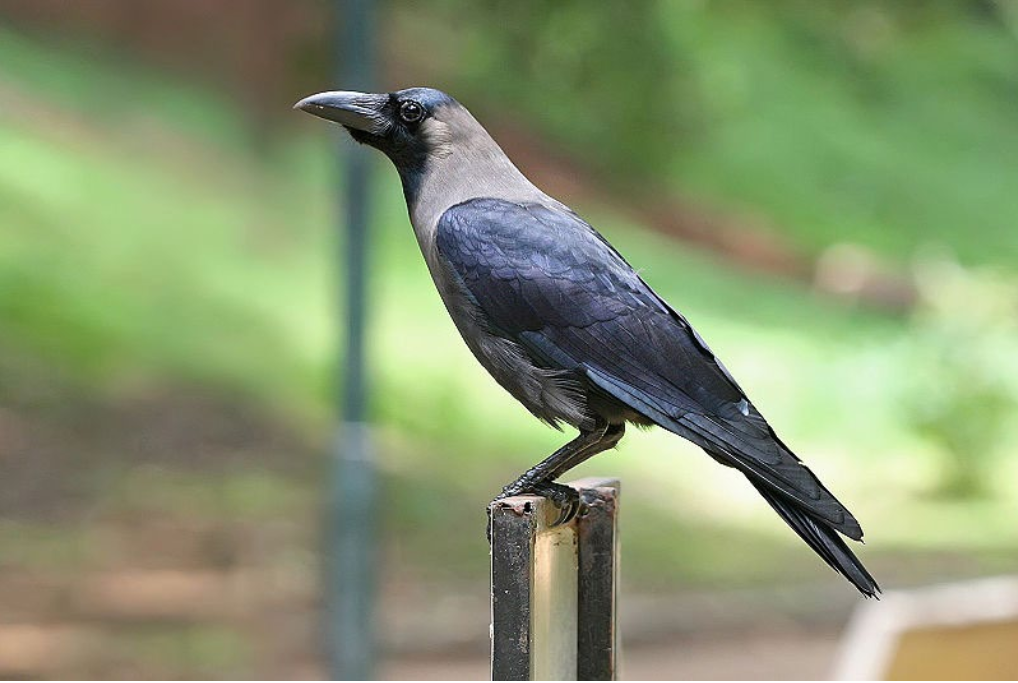Important Facts For Prelims
Indian House Crows
- 11 Jun 2024
- 4 min read
Why in News?
Recently the Kenyan government has announced an action plan to eliminate a million Indian House Crows (Corvus splendens) by the end of 2024.
- This decision stems from the birds' significant negative impact on local ecosystems and their nuisance to the public, particularly in the Kenyan coastal region.
What is the Kenyan Government Action Plan?
- Invasive Species Issue: The Indian House Crow is described as an invasive alien species from India and parts of Asia, introduced to East Africa via shipping activities.
- Ecological Impact: The crows prey on endangered local bird species, destroy nests, and eat eggs and chicks, leading to a decline in indigenous bird populations.
- This decline disrupts the ecosystem, allowing pests and insects to proliferate, further harming the environment.
- Historical Effort: A similar effort in Kenya over 20 years ago managed to reduce their numbers temporarily.
- Government and Community Response: An action plan to combat the crow menace includes mechanical and targeted methods for culling the birds, and use of licensed poison for population control.
What are the Key Facts About Indian House Crows?
- Species: Corvus splendens
- Common names: Indian house crow, house crow, Indian crow, grey-necked crow, Ceylon crow, Colombo crow
- Family: Corvidae
- Taxonomy: The nominate race of Corvus splendens (C. splendens) exists in India, Nepal and Bangladesh and has a grey neck collar.
- Conservation Status:
- IUCN Status: Least Concerned
- Wildlife Protection Act: Schedule II
Key Points About Kenya
- Kenya is located in East Africa. Its terrain rises from a low coastal plain on the Indian Ocean to mountains and plateaus at its centre.
- Kenya shares common borders with five countries namely: Tanzania in the South, Uganda in the West, South Sudan in the North West, Ethiopia in the North and Somalia in the East
- Kenya's is located between the Indian Ocean and Lake Victoria.
- Lake Turkana, the world's largest desert lake, is part of the Omo-Turkana basin, which stretches into four countries: Ethiopia, Kenya, South Sudan and Uganda.
- UN-Habitat maintains its headquarters at the United Nations Office in Nairobi, Kenya.

UPSC Civil Services Examination, Previous Year Question (PYQ)
Prelims:
Q. Consider the following statements: (2019)
- Some species of turtles are herbivores.
- Some species of fish are herbivores.
- Some species of marine mammals are herbivores.
- Some species of snakes are viviparous.
Which of the statements given above are correct?
(a) 1 and 3 only
(b) 2, 3 and 4 only
(c) 2 and 4 only
(d) 1, 2, 3 and 4
Ans: (d)
Q. Which one of the following is the national aquatic animal of India? (2015)
(a) Saltwater crocodile
(b) Olive ridley turtle
(c) Gangetic dolphin
(d) Gharial
Ans: (c)





